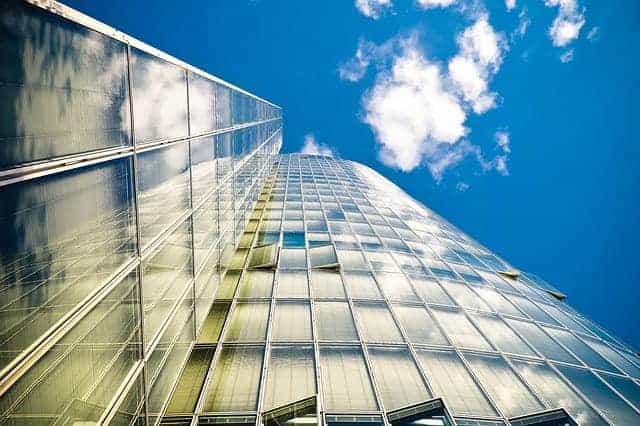Cominar REIT (TSX:CUF.UN) has been recently hit by two significantly negative events, and contrarian investors may be interested in checking out the prospects for a cheaper investment in the REIT’s units, which are trading at a deep discount to their net asset value (NAV), both for potential capital gains and for the 9.2% annualized payout yield going forward.
Cominar finally cut its monthly payout by 22.45% from $0.1225 to $0.095 on August 3, then DBRS Limited followed with a credit-rating downgrade of the REIT’s senior unsecured debentures from investment grade to the speculative non-investment grade category on August 4.
The REIT’s units dropped 4.7% on August 4 to hit a new 52-week low of $12.34 before closing at $12.41 for the week.
The opportunity
Cominar’s equity units are trading at a massive discount to their intrinsic value today. At a price-to-book (P/B) multiple of 0.595, the REIT is trading far below its peers’ P/B multiples. The average industry multiple is 0.9.
The REIT has been trading at a deeper discount for quite some time. The major reason could be that investors were not happy with the highly unsustainable payout ratio, which ballooned to 126% of recurring adjusted funds from operations (AFFO) for the first quarter of 2017 amid depressed occupancy rates.
Furthermore, the REIT’s debt level had remained way higher than credit-rating agencies would like, and the REIT made the bad decision of re-instituting a highly dilutive distribution-reinvestment plan (DRIP) to save cash flow, while unbelievably maintaining the blotted payout, thus accelerating investment risk and deepening the equity discount.
Now that the payout has been cut towards a target 90% payout rate, and the dilutive DRIP has been suspended effective August 3, the major low-valuation drivers have been addressed.
Most noteworthy, Cominar’s second quarter (Q2 2017) did show some signs of improvement from the previous quarter. The AFFO payout ratio, before a distribution cut, improved to 118% from 126% after AFFO per unit increased 7% from last quarter. Recurring adjusted cash flow from operations also increased 7% quarter on quarter.
If the REIT maintains the same operating results going forward we may see a stable 90-91% quarterly payout ratio exit 2017.
Most noteworthy, Cominar is implementing an aggressive leasing program this year. It’s possible that the REIT could improve its occupancy rates from the low 92.4% reported last quarter after signing on new tenants in the first and second quarters of this year — some of which are beginning to pay rentals beginning this third quarter.
To add more, Cominar is embarking on new prime area developments, including some properties around the new IKEA store in Quebec, which could bring new cash flow by late 2018. IKEA is a crowd puller.
There is a good chance that Cominar’s business prospects may improve going forward. The REIT has shown signs of recovery after leasing out most of the Target space left vacant in 2015. The REIT has also improved its tenant-retention rate and marginally increased net rent on renewed leases.
Even after selling some income-producing assets to pay down debt in a futile effort to avoid a credit-rating downgrade, Cominar still has a huge and growing diversified portfolio of income-producing assets from which new growth could be realized.
A contrarian bet could generate capital gains and a safer 9.2% distribution yield in your portfolio.
The risk
The REIT’s units could be fairly valued considering the risk involved. Cominar is currently reporting negative free cash flow, and the REIT may continue to borrow heavily to finance new capital expenditures, even as interest rates rise, increasing the risk of a further distribution cut.
The recent credit-rating downgrade could make Cominar struggle to refinance maturing debentures. However, the REIT still has a huge portfolio of unencumbered assets to secure mortgage financing and could avoid issuing new unsecured debentures altogether.
I am worried that there may not be a near-term catalyst to improve valuation multiples for Cominar REIT, unless DBRS were to upgrade the REIT’s debt offerings back to investment grade in the next 12 months, or unless there is some positive news on the REIT’s leasing efforts.
Cominar’s equity units have lost about half their market value over the last five years, and the REIT may become a value trap for a few more quarters.








